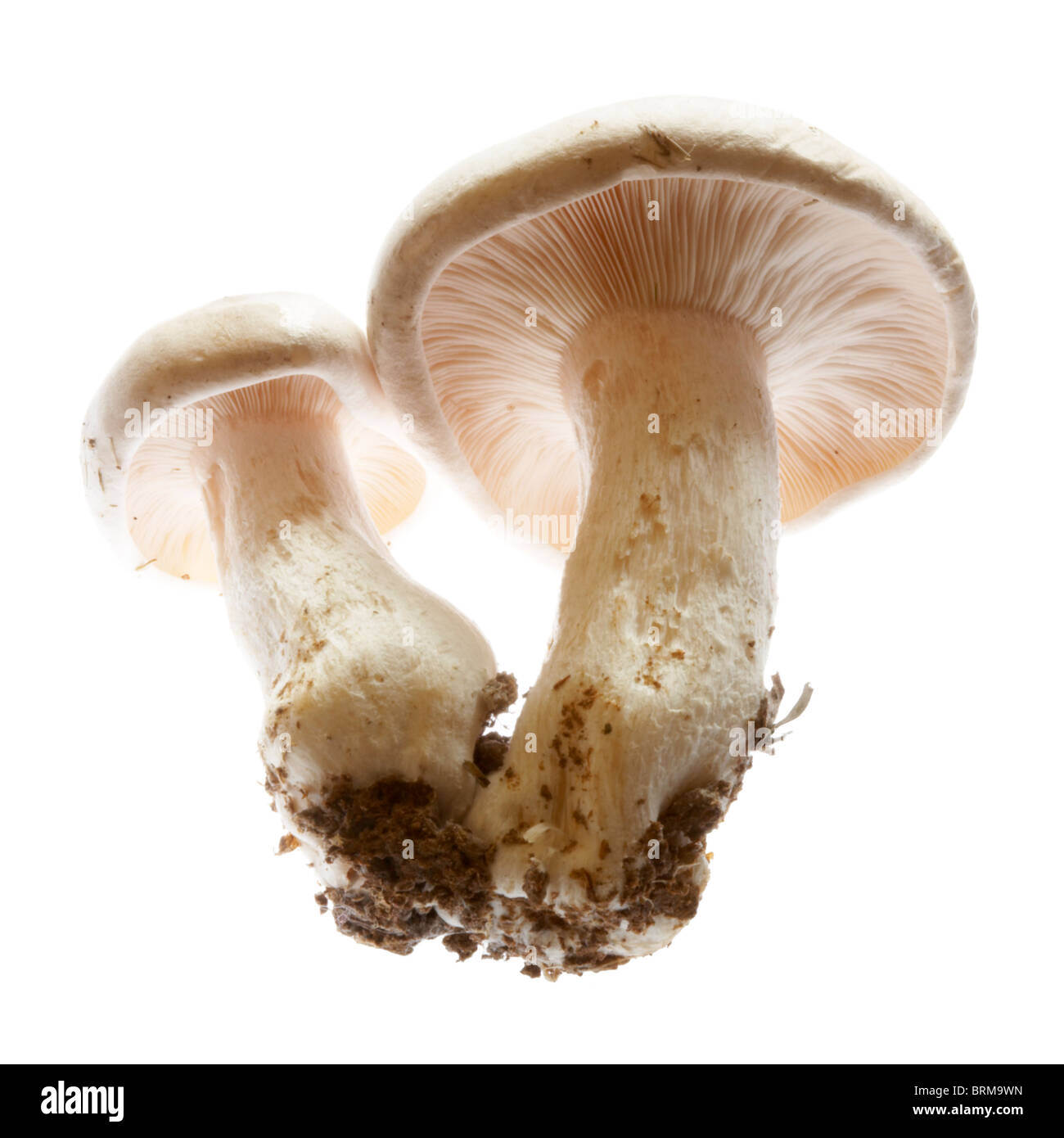Poisonous fungi (Entoloma sinuatum) found in Dorset, England, UK October 2008

Image details
Contributor:
Steve Atkins Photography / Alamy Stock PhotoImage ID:
BRM9WNFile size:
34.9 MB (686.3 KB Compressed download)Releases:
Model - no | Property - noDo I need a release?Dimensions:
3493 x 3493 px | 29.6 x 29.6 cm | 11.6 x 11.6 inches | 300dpiDate taken:
18 October 2008Location:
Dorset, England, UKMore information:
Poisonous fungi (Entoloma sinuatum) found in Dorset, England, UK October 2008 Entoloma sinuatum (commonly known as the livid entoloma, livid agaric, livid pinkgill, leaden entoloma, and lead poisoner) is a poisonous mushroom found in Europe and North America. Some guidebooks refer to it by its older scientific names of Rhodophyllus sinuatus or Entoloma lividum. Entoloma is a genus of pink-spored fungi, of which this species is the largest. Appearing in parks or deciduous woodlands in late summer and autumn, it has an ivory to light grey-brown cap up to 20 cm (8 in) across, with a whitish stem and pink gills. It may be mistaken for the edible St Georges' mushroom (Calocybe gambosa), or miller (Clitopilus prunulus) and has been responsible for many cases of mushroom poisoning in Europe. E. sinuatum causes primarily gastrointestinal problems that, though not generally life-threatening, have been described as highly unpleasant. It is generally not considered to be lethal, although one source has reported deaths from the consumption of this mushroom.